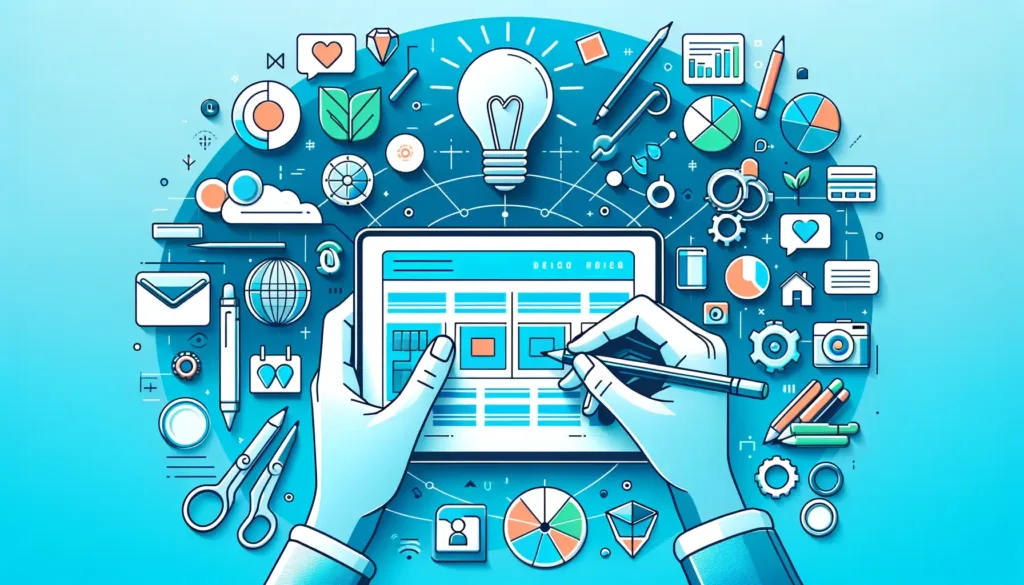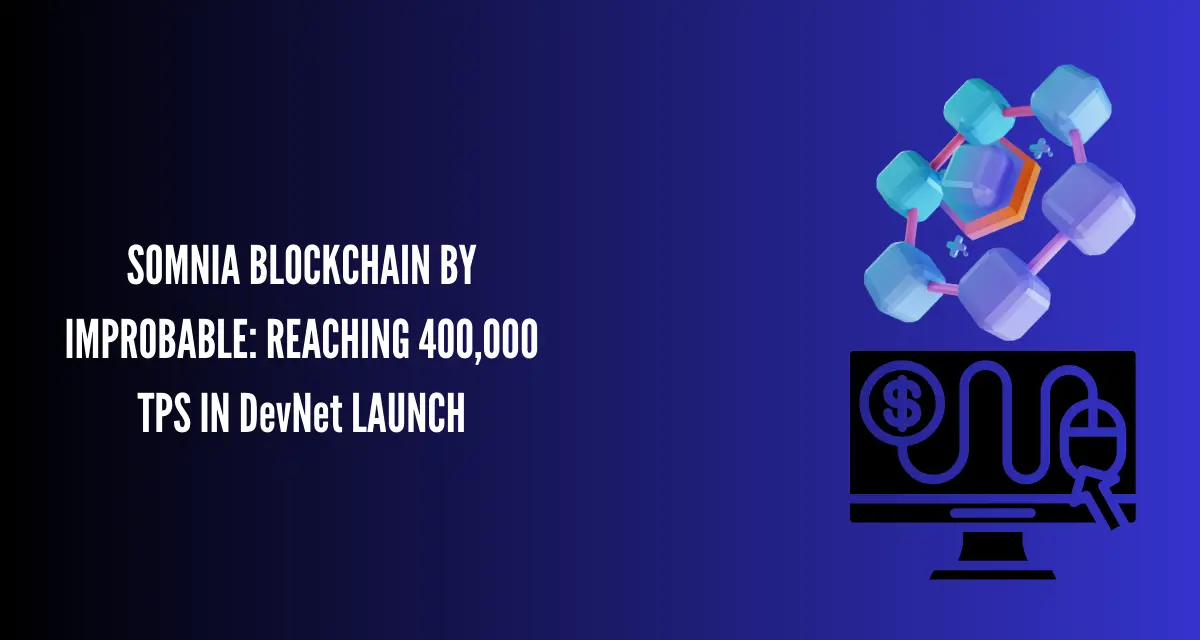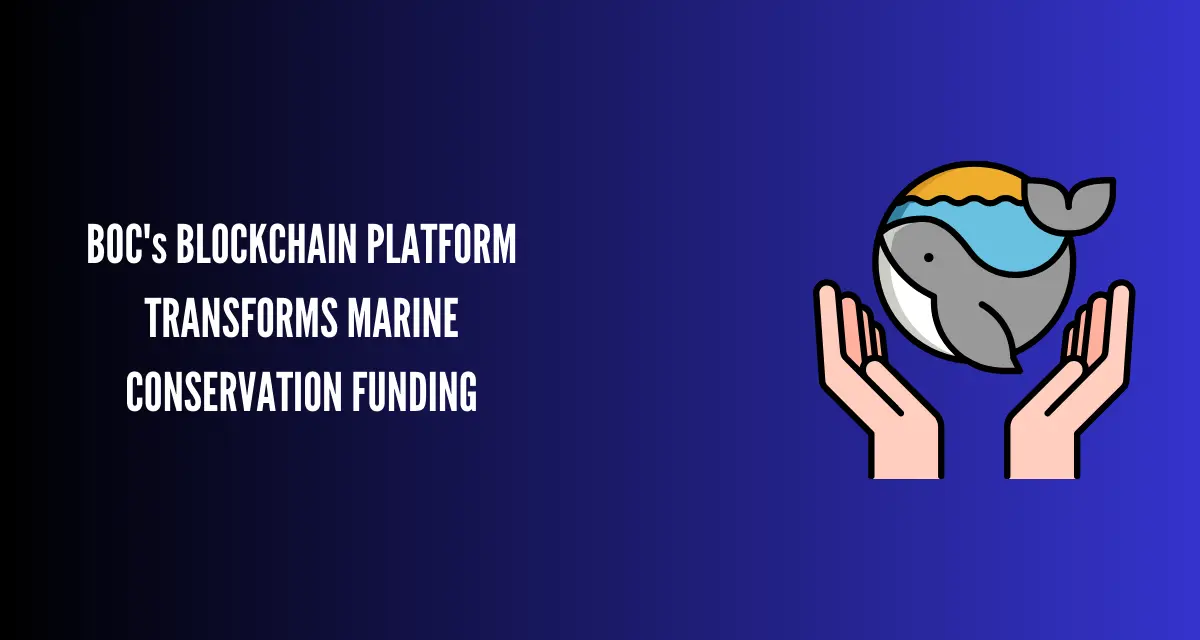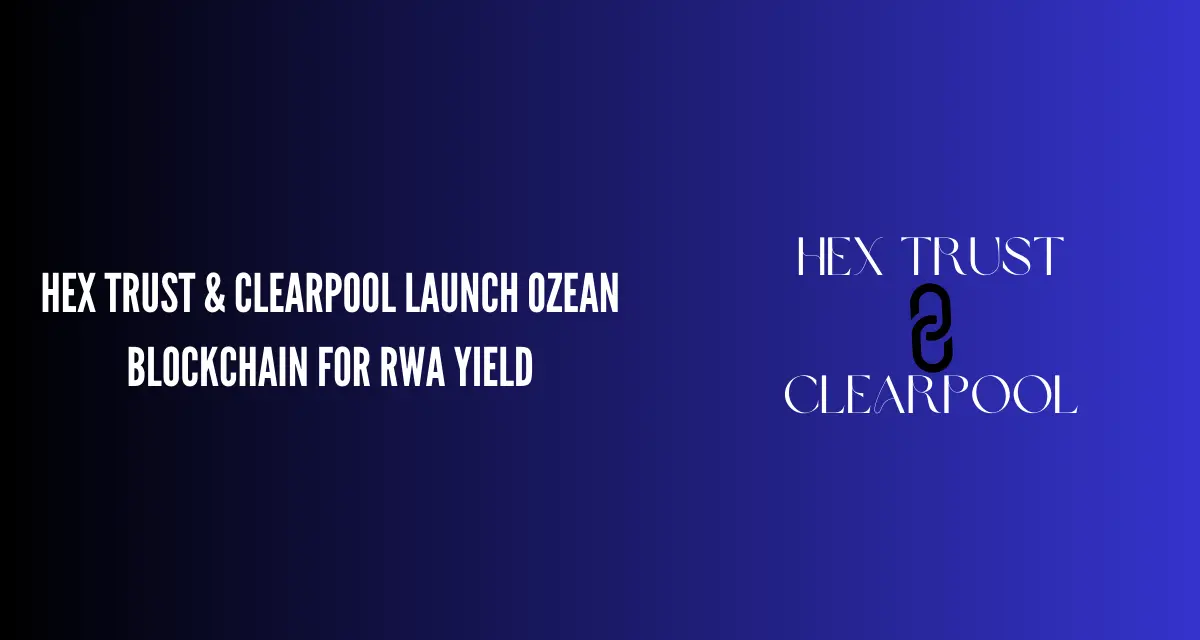In today’s fast-paced digital world, the design of your website can either make or break your business. Especially for small businesses, creating an online presence that stands out is crucial. With technology evolving rapidly, staying on top of the latest web design trends is essential to engage and attract customers effectively. This article dives deep into the current trends in web design, created for small businesses aiming to boost their online visibility and user engagement.
Understanding Web Design for Small Businesses
Before we jump into the latest trends, let’s understand why web design is a game-changer for small businesses.
The Impact of Web Design
Web design isn’t solely about making your site aesthetically pleasing. It’s about creating an enjoyable and easy-to-navigate experience for your visitors. A well-designed website can help your business appear more professional, build trust, and convert visitors into customers.
We have written a complete analysis on Why Web Designing is Important in 2024.
Balancing Aesthetics and Functionality
A successful website balances aesthetic appeal with functionality. This means your site should not only be visually appealing but also user-friendly. Ensuring your website loads quickly, is easy to navigate, and is accessible to everyone, including people with disabilities, is key.
Latest Web Design Trends for Small Businesses
Now, let’s explore the trends that can help your small business stay competitive in the digital landscape.
Mobile-First Design
With the majority of internet users browsing on their phones, a mobile-first design is no longer optional; it’s necessary. This approach prioritizes the mobile viewing experience, ensuring your site looks and works great on smaller screens.
Implementing Mobile-First Design
Responsive Layouts: Use flexible grids and images that adapt to any screen size.
Touch-Friendly Interfaces: Design buttons and links that are easy to tap on a touch screen.
Fast Loading Times: Optimize images and scripts to ensure your site loads swiftly on mobile devices.
Minimalist Design
Minimalist design focuses on simplicity. By removing unnecessary elements, your website can load faster and provide a cleaner user experience.
Benefits of Minimalist Design
Faster Website Load Times: Fewer elements mean your site loads faster.
Enhanced User Experience: A clean layout makes it easier for visitors to navigate your site.
Dark Mode
Dark mode offers a stylish look and reduces eye strain in low-light conditions. Offering a dark mode option can make your website more comfortable for users to browse at any time of day.
Advanced Interactivity
Incorporating interactive elements like micro-interactions, animations, and hover effects can make your website more engaging and memorable.
Examples for Small Businesses
Micro-Interactions: Small animations that occur when users perform a task, like adding an item to a cart.
Hover Effects: Visual cues that something is clickable when the mouse hovers over it.
AI and Personalization
Using AI to personalize the user experience can significantly increase engagement. Personalization might include product recommendations or customized content based on user behavior.
Implementing AI-Driven Personalization
Chatbots: Offer personalized assistance to your visitors 24/7.
Personalized Recommendations: Display products or content tailored to the user’s interests.
Incorporating Visuals Strategically
High-quality visuals and videos can capture attention and convey your message quickly. Use visuals that align with your brand and speak to your target audience.
Tips for Optimizing Visuals
Choose Relevant Images: Use images that reflect your products or services.
Optimize for Speed: Compress images to reduce their file size without losing quality.
Accessibility and Inclusivity
Making your website accessible to everyone, including people with disabilities, is not just the right thing to do; it’s also good for business.
Simple Adjustments for Accessibility
Alt Text for Images: Describe images using alt text to help screen readers.
Keyboard Navigation: Ensure your website can be navigated using a keyboard alone.
Sustainable Web Design
Sustainable web design aims to minimize the environmental impact of your website. This includes optimizing server efficiency and reducing the amount of data transferred.
DIY vs. Professional Web Design Services
Deciding whether to build your website in-house or hire a professional depends on your budget, skills, and the complexity of your desired website.
Making the Best Choice for Your Business
Pros of DIY: Lower cost and full control over the design process.
Pros of Hiring Professionals: Expertise in design and user experience, potentially saving you time and money in the long run.
Keeping Up with Web Design Trends
Staying informed about web design trends is crucial for keeping your website relevant and engaging.
Resources for Staying Updated
Design Blogs: Follow blogs dedicated to web design to get inspiration and tips.
Online Courses: Keep your skills fresh with courses on web design and development.
Conclusion
Embracing the latest web design trends is essential for small businesses looking to make a strong impression online. By focusing on mobile-first design, minimalist aesthetics, dark mode, advanced interactivity, and personalization, you can create a website that not only looks great but also meets the needs of your audience.
Remember, web design is an ongoing process. Continuously improving and updating your site is key to staying ahead in the digital world. Start experimenting with these trends today and see how they can transform your online presence!
Author

Olivia, our Design Professional , crafts digital landscapes that captivate and resonate. With an artistic flair and a penchant for user experience, he turns visions into visually stunning, user-friendly websites.
View all posts







